Running an online marketplace is like hosting a huge, bustling bazaar, except your buyers and sellers never meet face-to-face. Without handshakes, eye contact, or friendly shop talk, people rely on two forces to decide if they’ll do business with you: trust and recognition.
Trust is what convinces a shopper to click Buy Now instead of abandoning their cart. Recognition is what keeps sellers motivated to bring their best products and service to your platform. Get these right, and your marketplace grows. Get them wrong, and you’ll watch buyers hesitate, sellers disengage, and growth stall.
In this guide, you’ll learn how to build a marketplace where trust is the baseline and recognition is the reward. From proven trust signals to recognition systems like seller badges, we’ll explore the strategies top marketplaces use to grow fast and how you can apply them without guesswork.
The Psychology of Trust in Online Marketplaces

When someone shops in a physical store, they can touch the product, talk to the seller, and walk away with their purchase immediately. Online, none of that is possible. Instead, buyers must make a leap of faith, and that leap is only possible when your marketplace feels safe, credible, and worth their money.
Studies by Demand Sage show that 95% of consumers read online reviews before making a purchase; 49% trust them as much as personal recommendations; and 93% say that reviews influence their decisions.
In an online marketplace, this trust isn’t built just between buyer and seller; it’s also built between the buyer and your platform. If they believe your marketplace vets sellers, protects payments, and handles disputes fairly, they’ll buy with confidence. Trust is made up of several key signals:
When these elements are missing, doubt creeps in. And in eCommerce, doubt kills conversions. Your role as a marketplace owner is to design an environment where buyers don’t have to wonder if they’re making the right choice; they know they are.

Recognition as a Marketplace Growth Engine
Trust gets buyers to make their first purchase. Recognition keeps your best sellers coming back and pushing harder. Think about it: sellers are just like anyone else. They want their hard work noticed. They want to stand out from the crowd.
When you give them public recognition for quality, speed, or customer satisfaction, you’re not just handing out compliments; you’re fueling a powerful cycle of motivation and performance. Recognition in marketplaces often takes the form of:
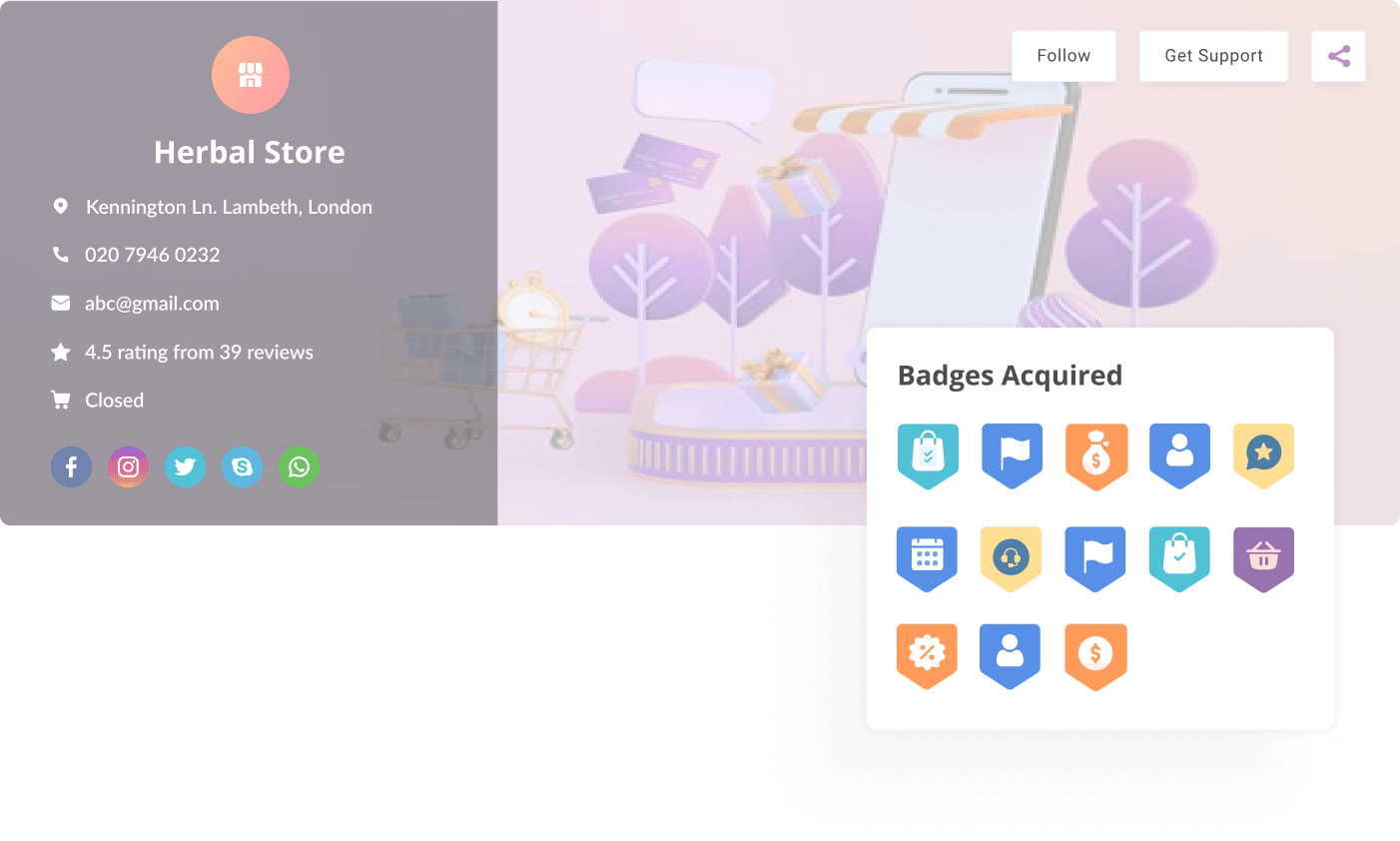
These systems do two important things at once:
- They motivate sellers to improve their service and products.
- They signal credibility to buyers, making them more likely to purchase.
In fact, marketplaces that implement structured recognition programs often see a measurable lift in seller performance and buyer trust. When buyers see “Top Rated Seller” or “Fast Shipper,” they feel more confident, and that confidence translates into sales.
Core Strategies to Build Trust in Your Marketplace
Trust isn’t something you “set and forget.” It’s a living part of your marketplace that needs ongoing attention. Here’s how to make it a core strength:
1. Transparent Seller Profiles
Buyers trust sellers who feel real. Encourage sellers to add profile photos, business logos, detailed bios, and a track record of their activity. Include verification badges where possible.
2. Clear and Fair Policies
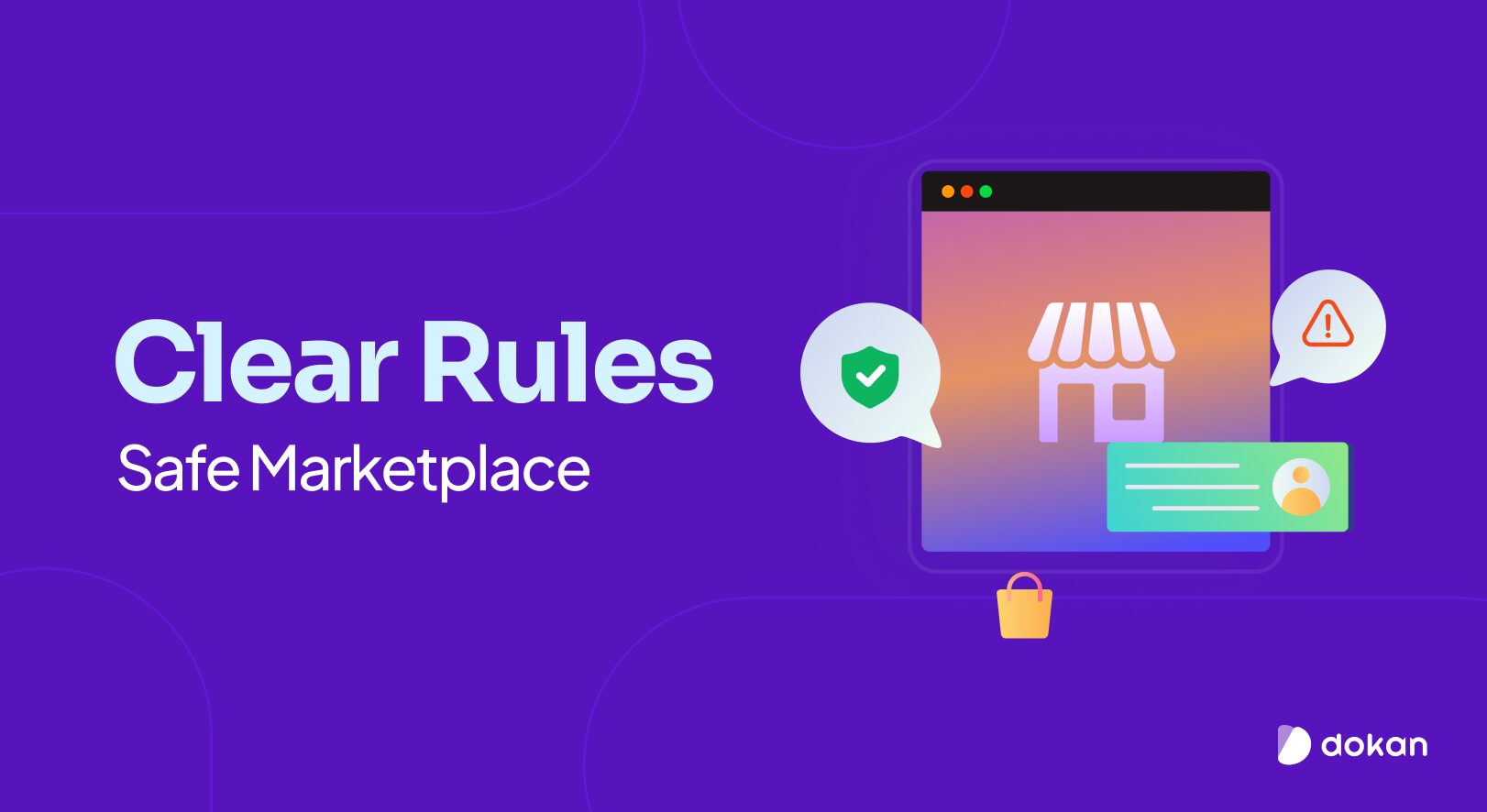
No one likes hidden rules. Publish easy-to-read return, refund, and dispute resolution policies. Make all your marketplace rules and guidelines accessible from every product page so buyers feel protected before they check out.
3. Verified Reviews and Ratings
Fake or outdated reviews kill credibility. Use verified purchase indicators so buyers know feedback is genuine. Encourage post-purchase reviews with automated reminders.
4. Secure Payment Processing
Trust can vanish in seconds if payment feels unsafe. Use secure gateways, SSL encryption, and fraud detection. Display trust seals prominently.
5. Consistent Communication
Send automated order updates and encourage sellers to respond promptly to messages. Silence breeds uncertainty, while quick, clear communication builds confidence.
6. Buyer Protection Programs
Consider offering a guarantee, for example, refunds if products don’t arrive or match descriptions. This removes risk from the buyer’s side and makes your marketplace stand out.
By putting these trust elements in place first, you create a strong foundation. Recognition systems, like seller badges, will then have even more impact because they’ll sit on top of a marketplace buyers already believe in.
Recognition Systems That Work (With Examples)
Recognition isn’t just a feel-good add-on. It’s a sales driver. The right recognition systems reward sellers, guide buyer decisions, and keep your marketplace buzzing with activity. Here are some proven approaches from top marketplaces:
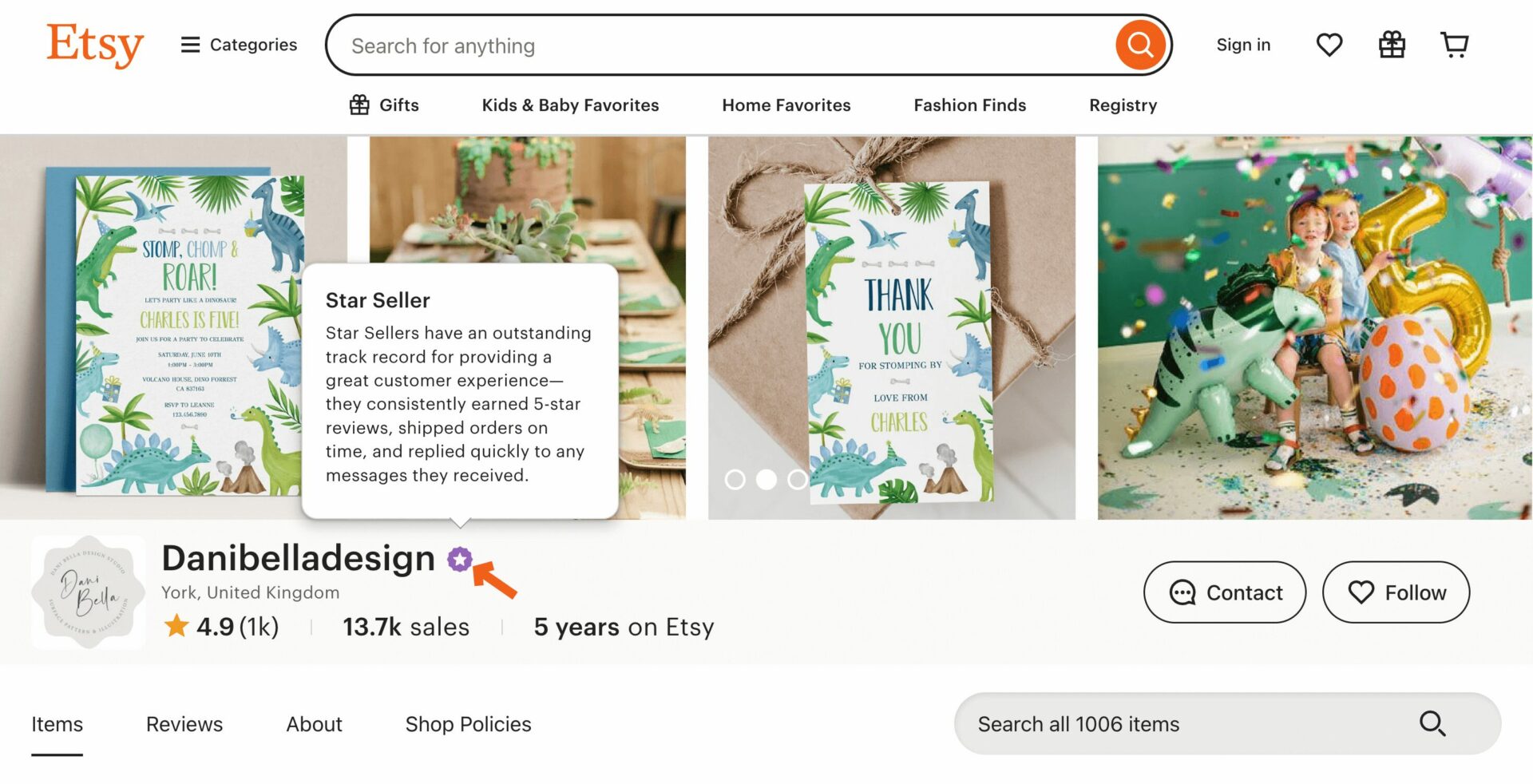
The takeaway? Recognition works when it’s clear, visible, and based on measurable performance.
Bringing This to Your Marketplace With Dokan
If you’re running your marketplace on WordPress with Dokan, you don’t need to reinvent the wheel. The Dokan Seller Badge module lets you create your own recognition program tailored to your sellers. Here’s what you can do as the marketplace admin:
When buyers see badges like “Top Rated” or “Trusted Seller,” they instantly feel more confident. Sellers, on the other hand, get a clear reason to improve and maintain high standards. That’s how recognition fuels growth on both sides of the marketplace.

Measure the Impact of Trust and Recognition
Building trust and recognition feels great, but to grow your marketplace, you need proof it’s working. That means tracking the right numbers and comparing results over time. Here are key metrics to watch:
1. Seller Performance Improvement
Monitor seller response times, fulfillment rates, and feedback scores before and after launching recognition systems like badges.
2. Buyer Satisfaction Scores

Send short post-purchase surveys asking about trust, confidence, and overall experience. A simple 1–5 scale works well.
3. Repeat Purchase Rate
A high-trust environment encourages buyers to return. Measure how often customers come back to buy from the same seller or marketplace.
4. Average Order Value (AOV)
When trust is high, buyers are more willing to purchase higher-value items. Track whether the average order value increases after introducing recognition programs.
5. Conversion Rates
Run A/B tests with and without visible trust signals (e.g., badges, verification icons) to see the direct effect on purchases.
By tracking these metrics, you’ll have hard data showing how trust and recognition translate into marketplace growth, and you’ll know exactly where to refine your approach.
How to Implement a Trust & Recognition Plan With Dokan

Building trust and recognition in your marketplace doesn’t have to be complicated. With the right plan and tools, you can start making changes that pay off fast. Here’s a simple framework to follow:
Step 1: Audit Your Current Trust Signals
Take a hard look at your marketplace. Are seller profiles complete? Are reviews verified? Are your policies clear and visible? Identify the gaps.
Step 2: Define Recognition Criteria
Decide what behaviors you want to reward: fast shipping, high ratings, consistent sales, or all of the above. Make the rules transparent so sellers know what to aim for.
Step 3: Enable the Dokan Seller Badge Module
Activate the module and create badges that reflect your recognition goals. You can set criteria to update badges automatically, so the system runs on autopilot.

Read the doc to learn more → Activate the Seller Badge Module
Step 4: Announce Your Program
Let sellers know about the new badge system and explain how it works. Share examples of how recognition can boost visibility and sales.
Step 5: Promote to Buyers
Highlight seller badges on product pages, in search results, and marketing emails. Buyers will start associating badges with reliability and quality.
Step 6: Monitor and Adjust
Check your metrics regularly (conversion rate, repeat purchase rate, seller performance) and tweak badge rules if needed.
When implemented this way, trust signals and recognition systems work together, sellers have a reason to perform, and buyers feel confident spending their money. That’s the winning formula for marketplace growth.
Key Challenges That Can Hurt Trust and Recognition
Even the best-intentioned marketplaces can stumble if they don’t handle trust and recognition carefully. Here are the most common pitfalls and how to avoid them:
- Overcomplicating Recognition Systems: Too many badges or tiers can confuse both sellers and buyers. Keep your system simple, meaningful, and easy to understand.
- Giving Recognition Without Clear Criteria: Badges lose value if they aren’t tied to measurable performance. Make sure every badge reflects a real achievement and is earned fairly.
- Ignoring Fraudulent Behavior: Trust collapses quickly if buyers encounter fake reviews, misleading profiles, or unverified sellers. Monitor for fraud and act swiftly.
- Letting Trust Policies Go Outdated: Marketplaces evolve, and so should your policies. Regularly review your terms, refund rules, and dispute resolution processes to keep them current.
- Focusing on Recognition Before Trust: Recognition only works on a solid foundation. Don’t rush badges or awards if buyers still question seller credibility or platform security.
Avoiding these mistakes ensures that your marketplace maintains credibility and that recognition programs genuinely motivate sellers.
Ensure Trust by Balancing Automation and Human Oversight
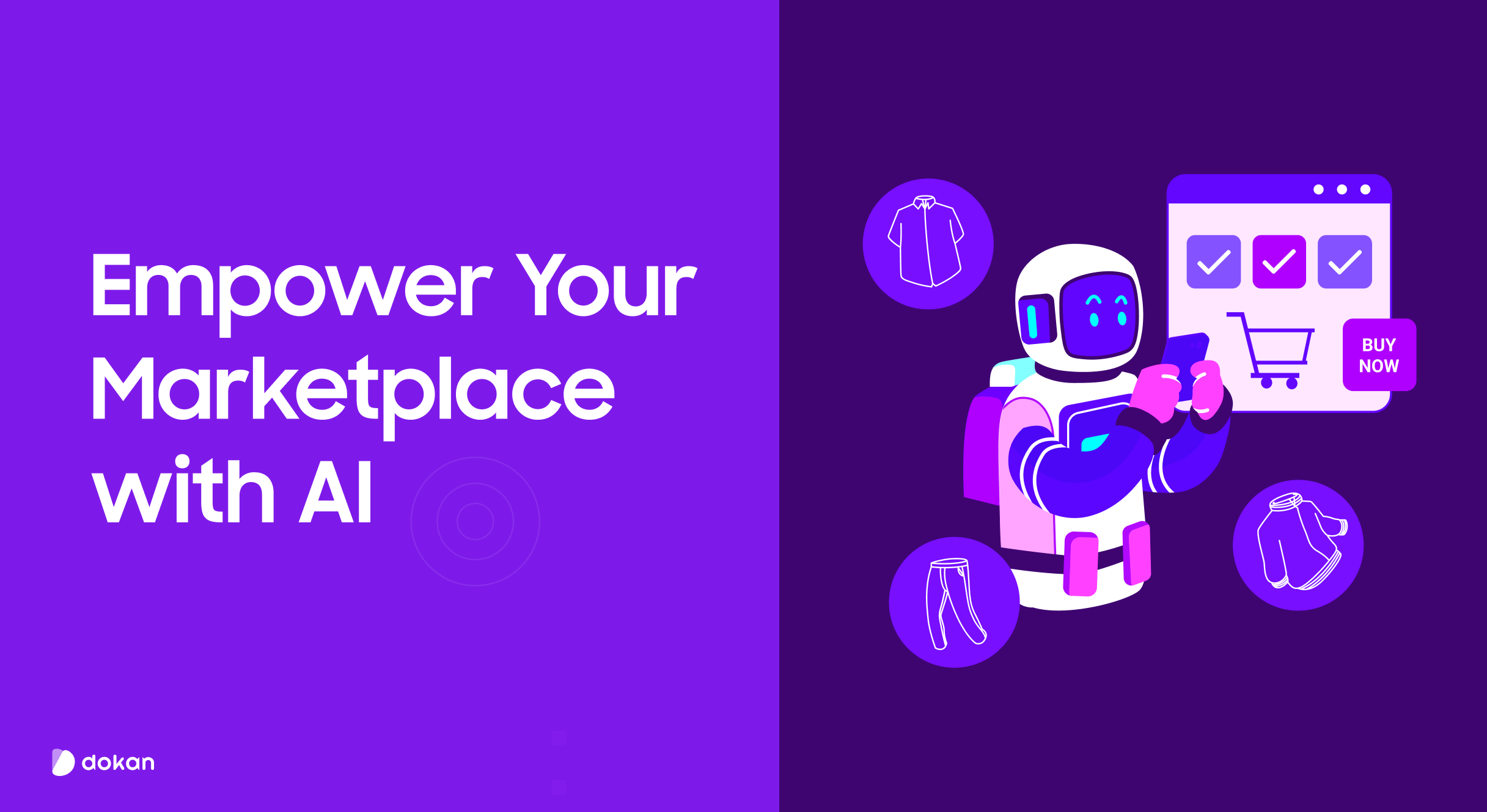
You need to put extra effort into keeping fraudulent activities at bay. This is the biggest challenge that can hurt your trust and recognition mechanism.
The most effective way to tackle these challenges is a balance of automation and human oversight: automated systems catch routine issues at scale, while skilled teams handle complex or nuanced cases. Together, they protect users, maintain credibility, and ensure that trust remains the foundation that powers recognition and marketplace growth.
Automation at scale: Machine learning and automated tools monitor transactions, flag unusual activity, and detect known patterns of fraud. This keeps day-to-day operations efficient and consistent.
Relevant Read: AI in Multivendor Marketplace
Human oversight: Trust and safety teams handle complex disputes, interpret nuanced situations, and respond to sophisticated or novel fraud tactics. Humans bring judgment, context, and intent analysis that automation cannot replicate.
This hybrid approach ensures a scalable, nuanced trust strategy that protects users and strengthens confidence across the platform.
Trust Wins, Recognition Keeps It Going
The network effect drives marketplaces: more buyers attract more sellers, and more sellers attract more buyers. What keeps this flywheel spinning? Trust. Confident buyers return, creating steady demand that draws more sellers. More sellers bring variety and competitive pricing, attracting even more buyers.
This loop is powerful but fragile. One bad experience, a fraudulent listing, misrepresented product, or unresponsive seller can shatter confidence and stall growth.
Recognition features, like verified or top-seller badges, reinforce this loop. They signal reliable sellers, reduce risk, and act as a visible extension of trust. Trust takes time, but recognition speeds the process. More than a badge, it reinforces good behavior, builds buyer confidence, increases your sales, and fuels a thriving, self-sustaining marketplace.
Start today by auditing your trust signals and implementing recognition tools like seller badges.

Subscribe to
Dokan blog
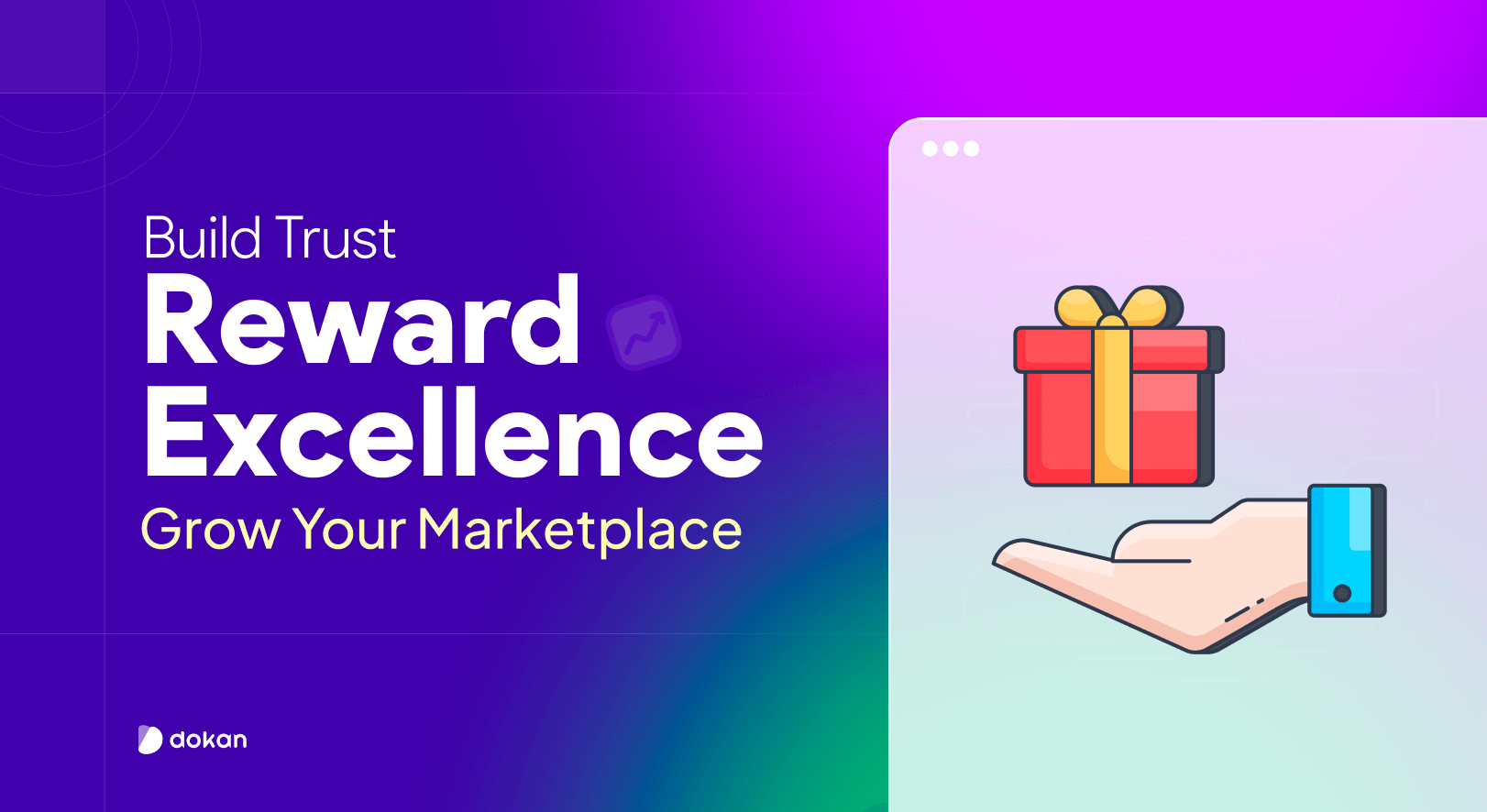


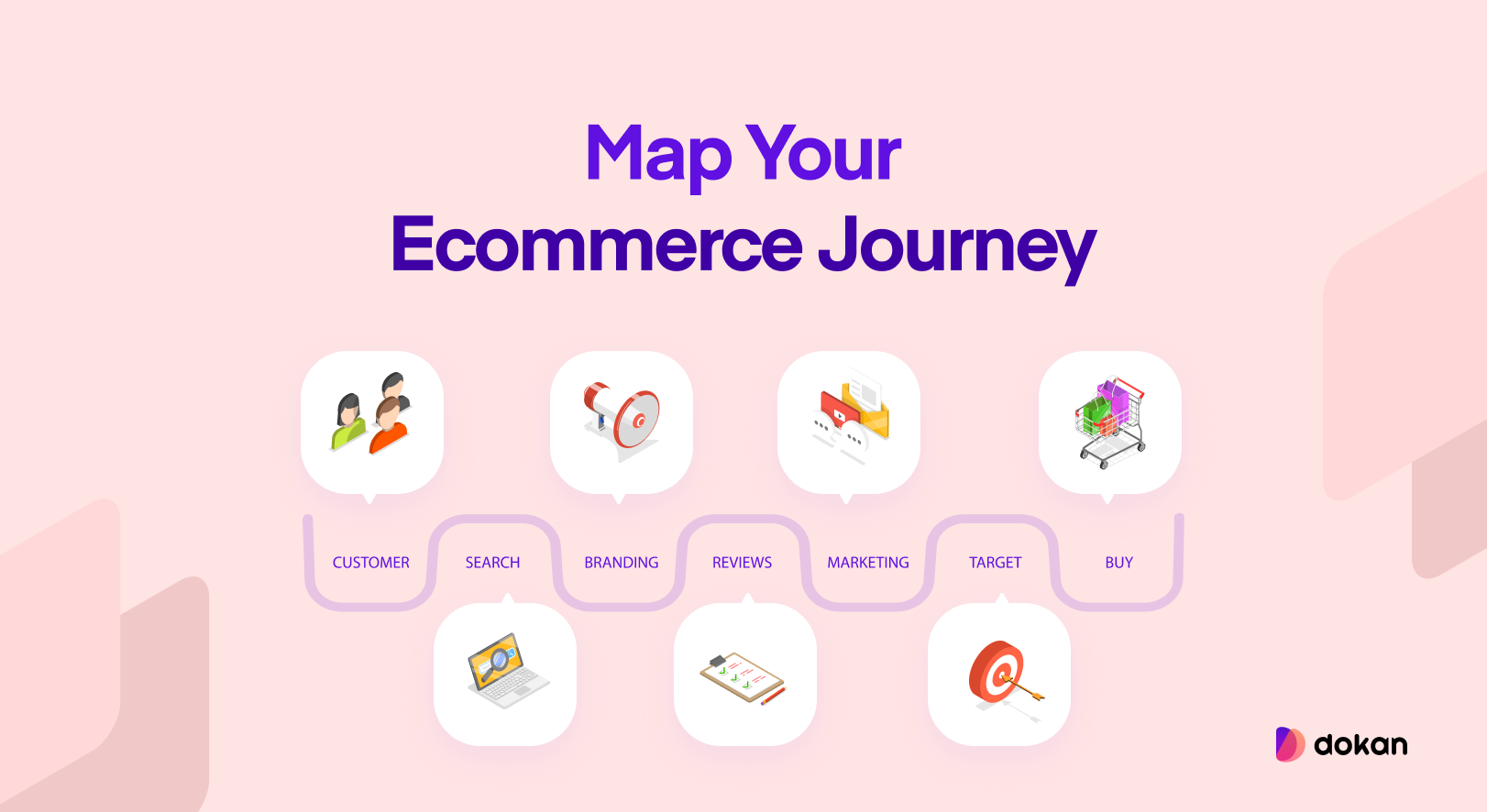
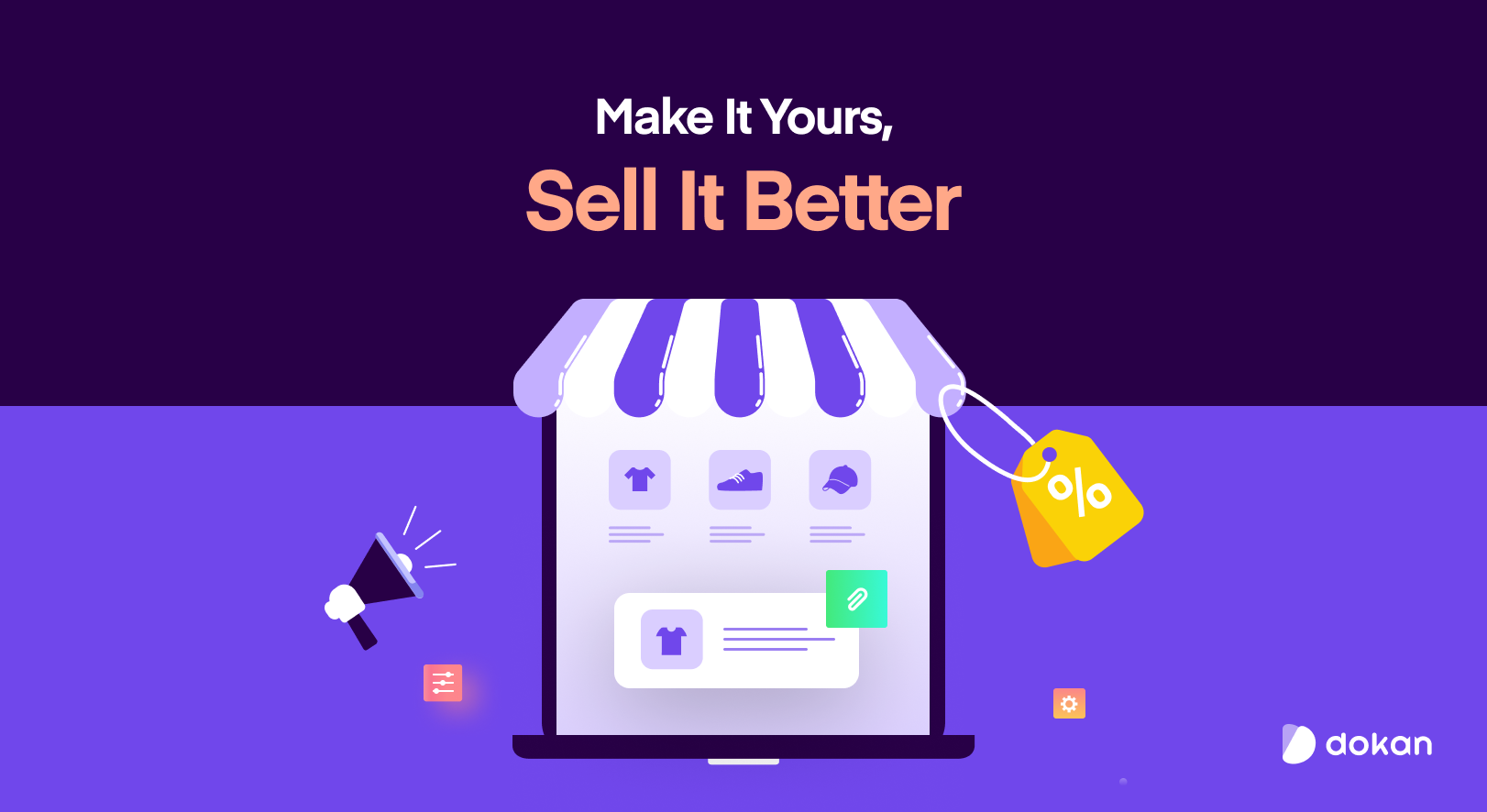

Leave a Reply